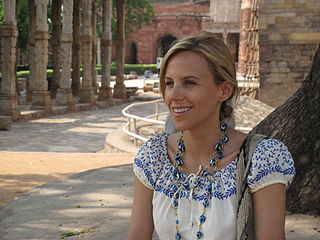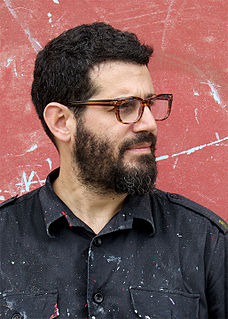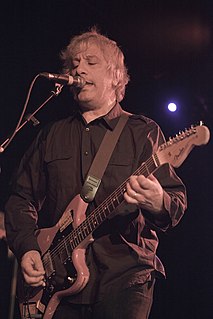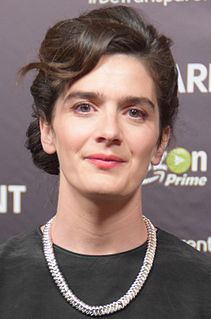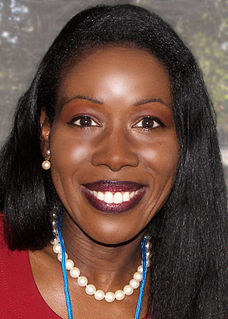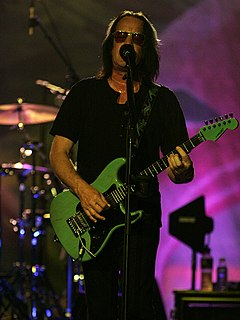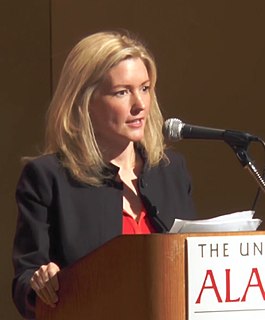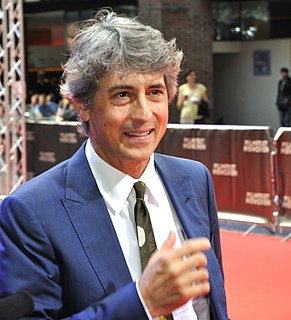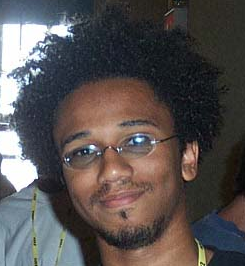A Quote by Sheila Heti
Laurie Simmons began showing her photographs in New York in the late '70s: black-and-white and then candy-colored scenarios with plastic dolls in 1950s-style domestic interiors.
Related Quotes
I literally went in and auditioned and got the part of "sounds like J.K. Simmons." I've heard people say a "J.K. Simmons type, but younger" or "J.K. Simmons, but with hair" or "J.K. Simmons but Mongolian." It's often "J.K. Simmons but...". You think you're on top of the world and they're asking for a "J.K. Simmons-type" and then, before you know it, they're asking for a "J.K. Simmons only younger." The next step is for a "J.K. Simmons-type...Oh, you mean he's still alive?"
Early on I saw the plastic quality in colored people and had friends among them; and later was to work from colored models and friends, including Paul Robeson, whose splendid head I worked from in New York. I tried to draw Chinamen in their quarter, but the Chinese did not like being drawn and would immediately disappear when they spotted me.
One teacher told me that my work belonged in the trash. That day I ran out of the classroom and ended up in the library, where there happened to be a black and white photography exhibition of Robert Rauschenberg's photographs of the streets of New York. The subject of his photos were exactly what I was painting about.
There were colored and white waiting rooms everywhere, from doctor's offices to the bus stations, as people may already know. But there were actually colored windows at the post office in, for example, Pensacola, Florida. And there were white and colored telephone booths in Oklahoma. And there were separate windows where white people and black people would go to get their license plates in Indianola, Mississippi. And there were even separate tellers to make your deposits at the First National Bank in Atlanta.
As a young kid I was in love with breakdancing. I practiced the uprock style, which is a battle style of dance that looks like fighting. It comes from the gangs in New York in the 1960s and '70s. It's beautiful, almost like a martial art, and it can be funny, too, because you make fun of each other.





